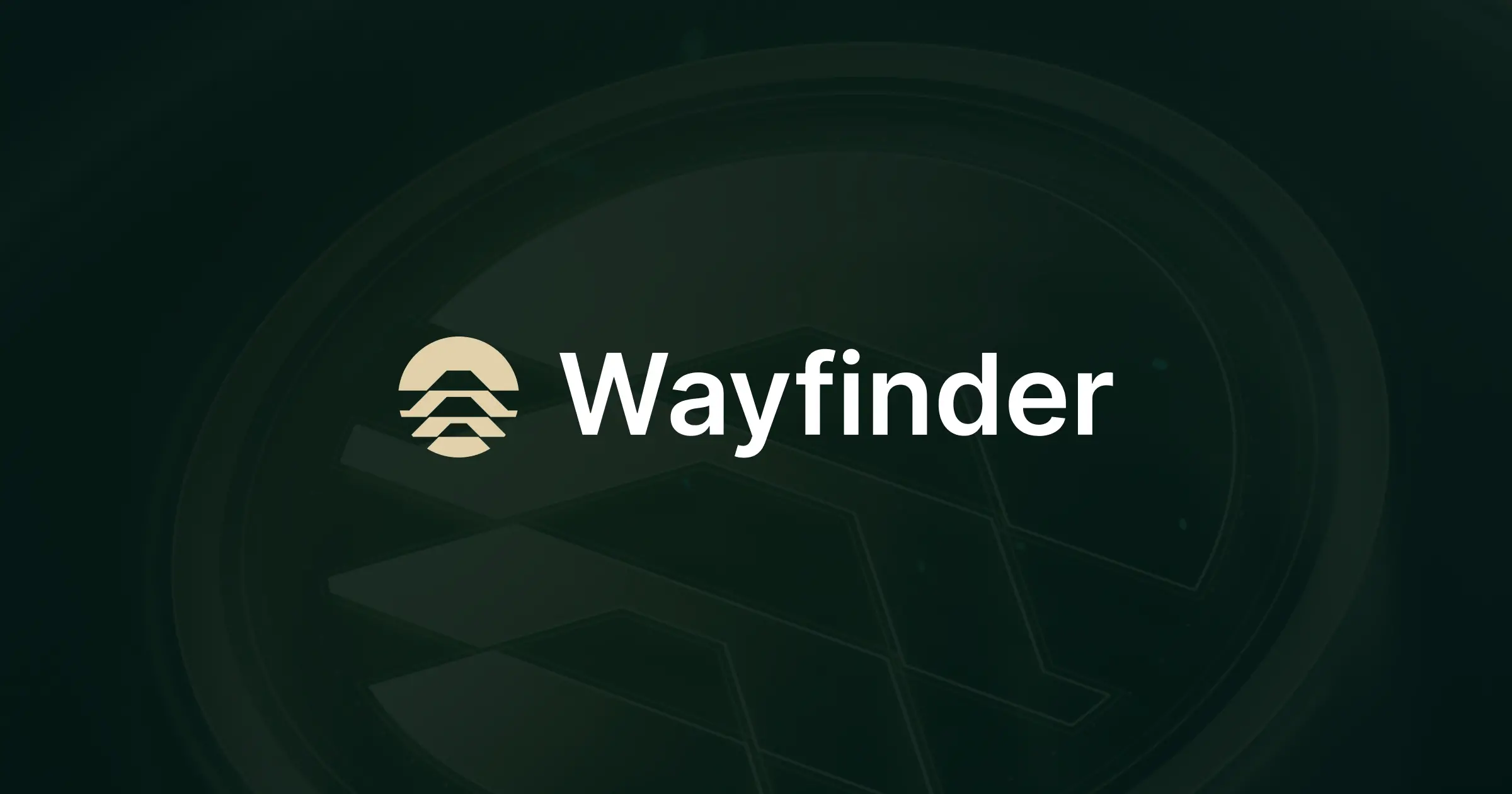Ultimate NFT Investment Guide: 6 Dimensions to Determine Whether a Project Can Become a Blue Chip
Author: Shier @ NFTSCAN
This article is a special contribution by PANews
According to real-time data from the NFTSCAN browser, as of January 14, 2022, a total of 39.43 million NFT assets have been minted on Ethereum, with 29,570 NFT asset contracts deployed. There are as many as 64.73 million on-chain transaction records related to NFT assets, involving 37.97 million wallet addresses. Moreover, the average daily minting of NFT assets on Ethereum is about 100,000. Undoubtedly, the NFT field we are concerned about is an emerging market rich in innovation and creativity.

In the past year of 2021, the NFT field embarked on a frenzied journey. Every day we open our eyes, we can see new faces. From Cryptopunks to BAYC (Bored Ape Yacht Club), from JPG avatars to Loot programmable assets, from Land to Metaverse, the NFT field has never stopped innovating. Whether fleeting or unattainable, the constantly refreshing NFT field can always surprise you. After experiencing the ups and downs of the market, the number of NFT projects that have been able to settle and develop is quite limited. The following image encompasses the leaders in the NFT field.

According to current data, the 29,570 smart contracts deployed on Ethereum correspond to about 30 quality NFT asset projects that you can name in the current market, which means the success rate of NFT projects is only 0.1%. Think about it, this number is terrifying; only one out of 1,000 NFT asset projects can give birth to a blue-chip NFT project worth investing in. For ordinary investors, this number means that behind the prosperity of the NFT field, there are countless investment traps waiting for us. Therefore, based on this point, I would like to share some valuable experiences from the perspective of a frontline practitioner and NFT investor in the NFT field, for your reference.
How to judge whether an NFT project has the potential to develop into a top blue-chip? I believe it can be analyzed from the following aspects:
Interest Declaration: I really like and hold the Doodles project, which is a benchmark in my mind. Therefore, in the following content, I will occasionally use Doodles as an example for easier understanding and description.
1. Protocol Standards of NFT Assets
The commonly seen NFT asset protocol standards are mainly ERC-721 and ERC-1155. NFT assets with stronger investment attributes are generally based on the ERC-721 protocol standard, while ERC-1155 is more inclined towards functional attributes in NFT business scenarios.
When discussing NFT asset protocol standards, it mainly involves analyzing the NFT asset contract code to see if it adheres to the ERC-721 protocol standard in its coding. Here’s a negative example: Cryptopunks. Due to its asset contract code being deployed early, the developers at that time did not follow the protocol standards, resulting in something that can be described as a hybrid. Cryptopunks is neither an ERC-20 Token asset nor a standard ERC-721 NFT asset, and it even has its own built-in trading function. This has led to the need for NFT infrastructure, including Opensea and NFTSCAN, to actively accommodate it, creating many troubles for developers.
Therefore, the result of examining the protocol standards of NFT assets is: ensure that the asset contract of the NFT project basically adheres to the ERC-721 protocol standard to lay a good foundation for future development.
2. Storage Methods of NFT Asset Metadata
If an NFT is merely a ticket or certificate, then whether the metadata is accessible may not matter; however, most of the NFT assets we encounter currently have investment value and pay more attention to their financial attributes, making the security of metadata extremely important, as it is one of the core elements that enable the NFT to become an investment asset.
According to data analysis from NFTSCAN, the current storage methods for NFT asset metadata mainly include the following four types:
1) Stored in blocks on the blockchain network. Usually in Base64 format: data:image/svg+xml;base64,PHN2ZyB3aWR0aD0iMjkwIiBoZ…

For example, CryptoPunks and the LP NFTs of Uniswap V3 are stored in blocks, which is the highest level of security for storage.
2) Stored on node servers based on the IPFS protocol. The format is: QmYBYWMwGcyn1GoettFnn4yzpzRUwtaYrt3XscsxcyN6hD

For example, leading projects like Doodles and BAYC use IPFS protocol storage, which has a relatively high level of security.
3) Stored on centralized servers and various cloud servers. The common format is: https://lh3.googleusercontent.com/oLO3z8c7Mxiu5PfIeSn6lPzWfhxr1gzZ1CcawJ3HK2bK0S7E6sv0yfuV-s1YCDKAV1JcA0vhU6xypYbPDixnMWMocd8eF4crksKU
This is the most common storage method and also the one with the lowest level of security.
4) Additionally, a small number of projects use the Arweave network for storage.
From the above classifications, we can see that the storage methods for NFT asset metadata are uneven and not standardized. At the same time, these large-scale non-standardized NFT data have also brought many troubles to developers in the industry, who need to invest significant manpower and computing power to parse the data and establish standards. Recently, Numbers, in collaboration with Protocol Labs and NFTSCAN, is preparing to unify the IPFS storage of NFT asset metadata and standardize the access paths. In the future, developers using the NFTSCAN Open API will be able to enjoy this benefit.
3. The Degree of Openness of Copyright for NFT Asset Creators
The degree of copyright openness is very important for an NFT project community, as it represents the future development direction and scale of that NFT community. If copyright is fully reserved, it will be difficult for the community to expand based on that NFT asset, whether in terms of secondary creation or commercialization.
Currently, the common types of copyright declarations are approximately three:
1) Copyright is fully open. That is, the copyright follows the NFT holder; whoever holds the NFT asset owns the copyright of the NFT material and can commercialize it. A typical case is: BAYC NFT.
2) The creator team fully retains copyright. NFT holders cannot enjoy any copyright of any elements carried by the NFT asset. A typical case is: CryptoPunks.
3) The creator team has limited open copyright. Allows NFT holders to make small-scale commercial attempts. A typical case is: Doodles, which allows commercialization attempts under $100,000.
We certainly prefer NFT projects with fully open copyright, as this aligns more with the essential spirit of blockchain and is more welcomed by the community!
4. The Expandability of the Elements of NFT Assets Themselves
When I put Doodles and Jay Chou's PhantaBear together, everyone understands what I mean.


It is obvious that the basic elements of Doodles NFT have very strong expandability and are very distinctive and attractive. In contrast, PhantaBear has relatively poor expandability, even to the point of being unable to expand. Some may say I am contradicting myself, as PhantaBear is very successful. I can only say that the success of PhantaBear does not lie in the design of the NFT itself; the core lies in Jay Chou, regardless of whether it is a bear or any other animal.
5. The Operational Capability of the NFT Project Team
We all know that homogeneous asset tokens rely heavily on liquidity; when it comes to NFTs, since NFTs are non-homogeneous assets, they heavily rely on Web2 traffic. Yes, you read that right, it is internet traffic. Only with sufficient traffic and brand exposure can more purchasing power be converted. In point 4, I mentioned PhantaBear as a negative example; here, PhantaBear is a successful case. Because PhantaBear captured Jay Chou's influence and traffic, it achieved what we see as success.
The operational capability of the NFT project team represents its ability to capture traffic. In such a complex NFT market, how to stand out among 1,000 NFT projects, aside from the quality of the NFT itself, depends on the team's operational capability.
We all know that blockchain networks and protocols are essentially composed of cold algorithms, which are very objective. Traffic and capital can never make a protocol with logical errors successful, but they can elevate a bear like PhantaBear to great heights. Because the latter is not objective; its existence is created from a subjective perspective.
6. The Financial Attributes of NFT Assets
When mentioning financial attributes, it directly refers to what benefits can be gained from holding the NFT assets of this project.
Generally, there are two types of rights: usage rights and profit rights (dividend rights).
Usage rights refer to the permissions or passes that can be obtained for certain scenarios by holding NFT assets. Profit rights refer to how much investment return or dividends can be obtained from holding NFT assets.
Taking Doodles as an example, it has established DoodleBank for value capture and profit distribution.
The copyright income obtained by the Doodles project in the market and the income actively submitted by derivative projects will all enter DoodleBank. Of course, there can be many sources of income, which I will not describe here.
Therefore, the final key step in examining an NFT project is to analyze the financial attributes of its NFT assets to see if it can capture value and whether it is sustainable. Additionally, the strength of financial attributes directly affects the valuation of the NFT itself. The stronger the financial attributes, the more popular the NFT asset is in the market, and the stronger its risk resistance.
Most NFT assets are assets in a bull market and air in a bear market; or, they are assets when there is traffic and air when there is no traffic. So how can this situation be changed? By vigorously developing their financial attributes. When NFT assets have strong financial attributes, they remain assets even in a bear market, and they will not lack traffic.
In summary, the above six points are the basic examination points for researching whether an NFT project is worth long-term investment.
Moreover, since NFT assets are long-tail assets with particularly poor liquidity, one must have greater patience and perseverance in dealing with them. When traffic comes, one must understand to withdraw quickly; efficient monetization can reflect the essence of investment.










